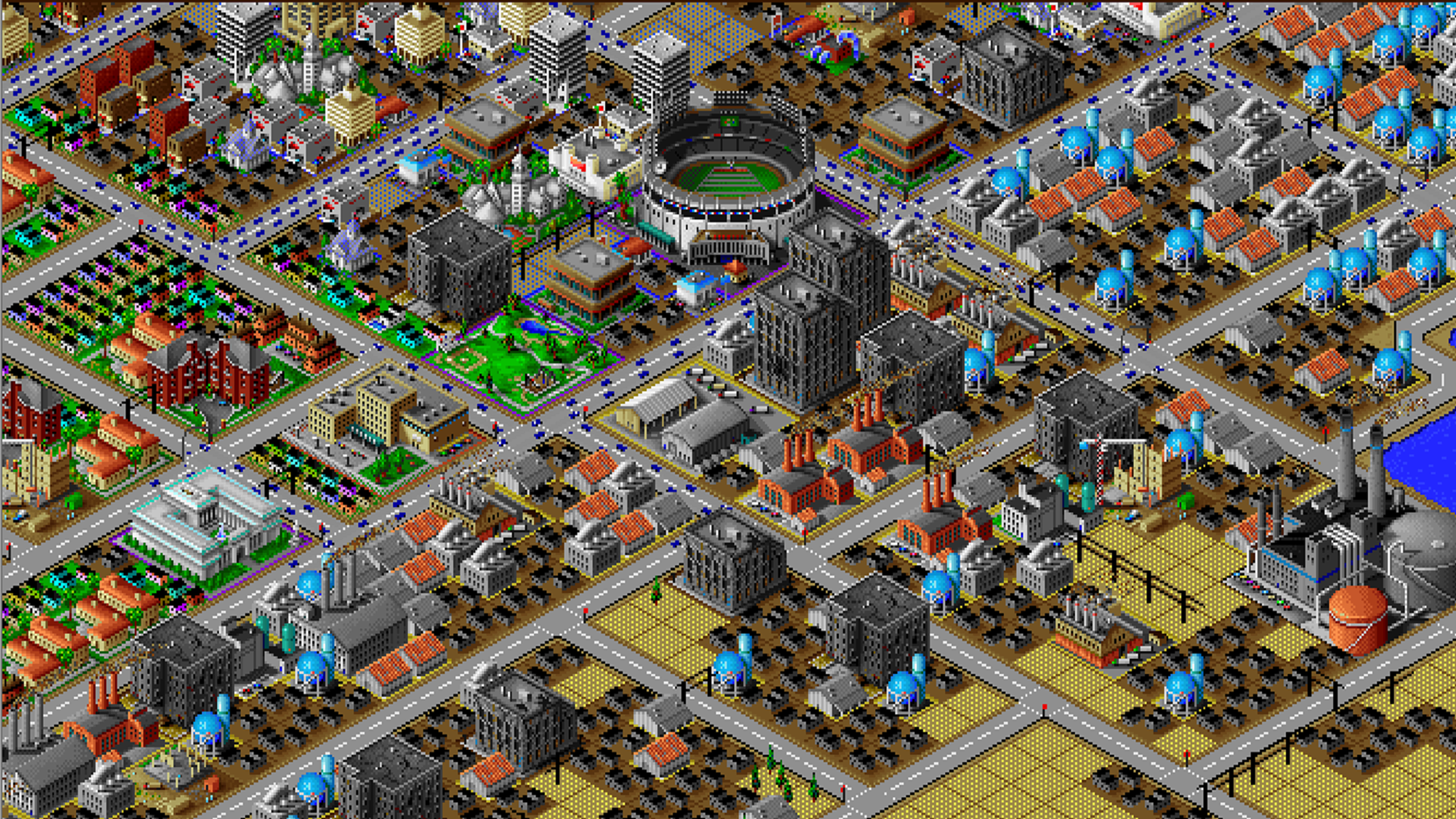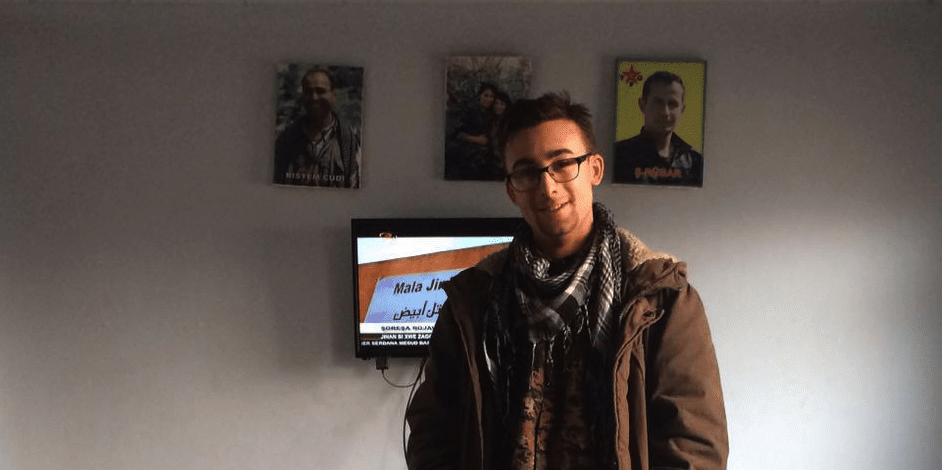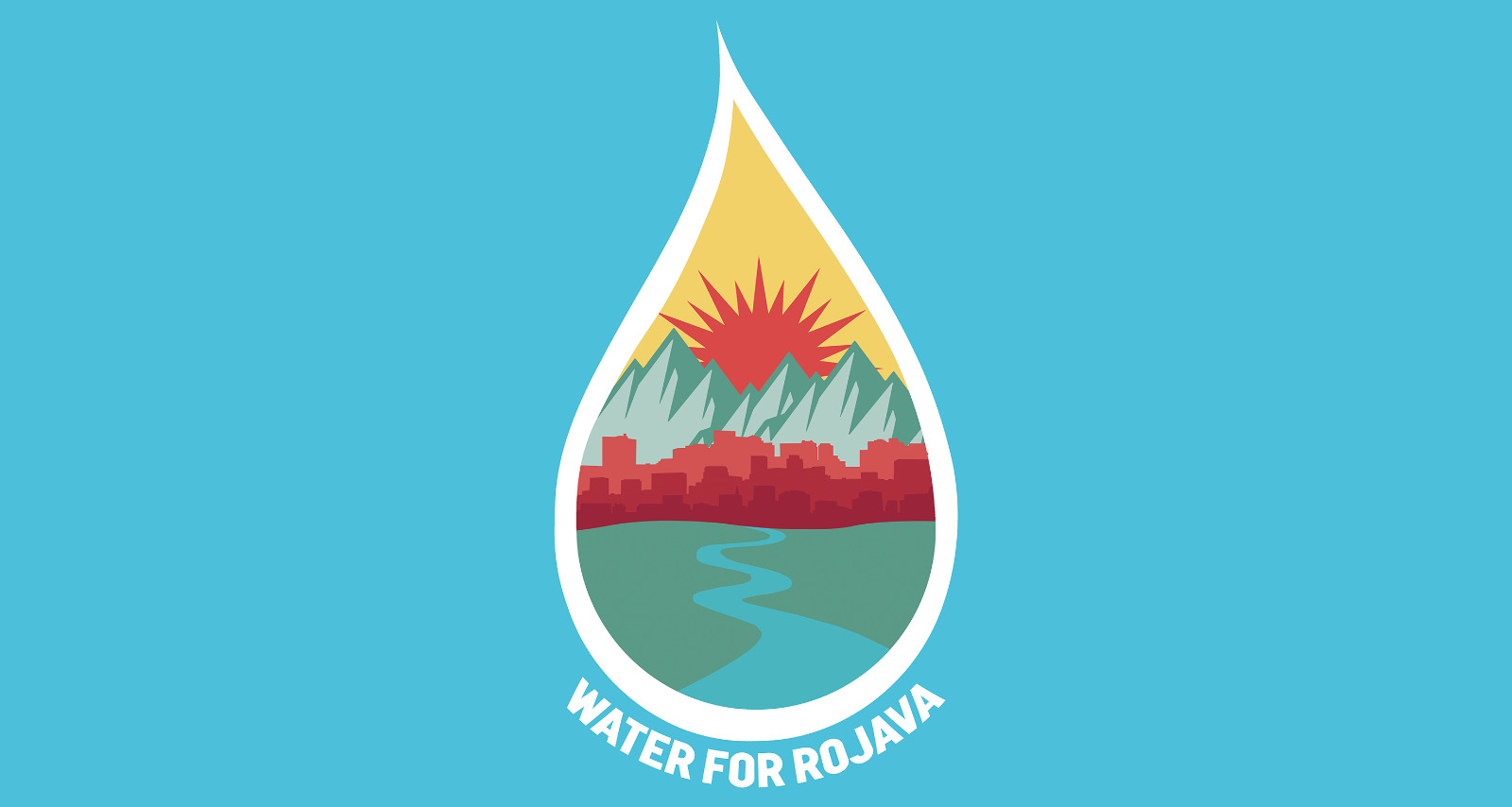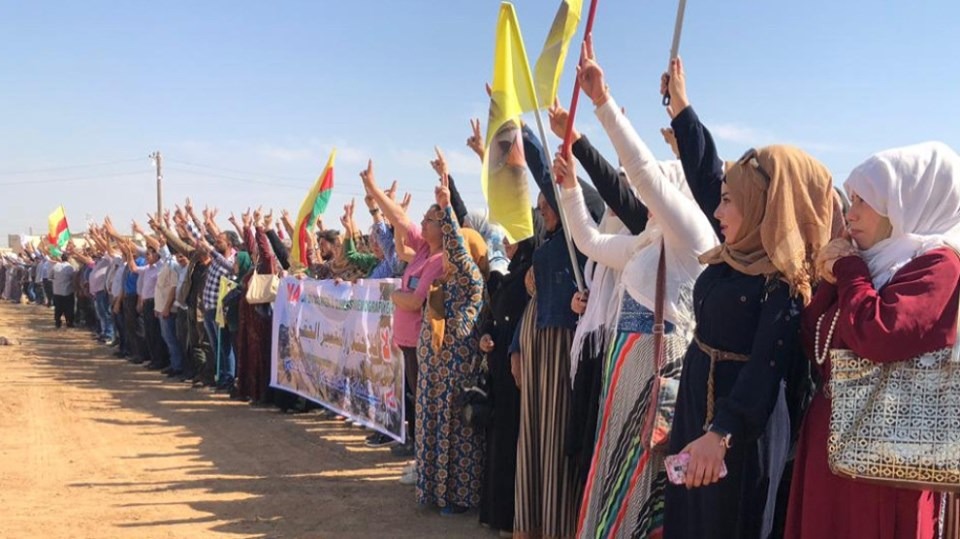The Social Strike Game is a tabletop group strategy game that’s fun for all the comrades. It’s an opportunity to use your imagination to figure out ways that an array of different groups and resources in a city can co-ordinate to develop social struggle in a revolutionary direction, build community, deal with crises, respond to significant events, and smash capitalism. It’s been created by Plan C’s Social Strike Working Group to help develop practices around social striking as well as the concept of the social strike itself. The game has had a couple of successful test runs, first at a Plan C national congress in Manchester and then at our Fast Forward festival in the Peak District, and we want to share the rulebook we made so people anywhere can play it. Download links for the game are included below so we won’t reproduce the rules here. However, we thought a brief introduction would help people decide whether they’d be interested in trying it out and we’ve included a few notes from our experiences of playing the game to help those who do.
There are no correct answers in this game. Instead, judgements about the impact, fall-out, and transformations resulting from each group’s suggestions are made by the Master(s) of Ceremony based on how well proposed they are. Although the authority of the MCs is absolute and unwavering, we hope and expect that this will cause disagreement and lively discussion. This is a game and as such it’s supposed to be playful and entertaining. Like all good games though, we hope it has applications beyond the tabletop. Playing this game should get you thinking strategically and tactically about social struggles in the place where you actually live. What would it take to make a strike in the place you work sustainable for longer? How can a campaign you’re involved in enter into a relationship of mutual support with a completely different campaign, bringing out what is common to both? How can skills that activists have developed in one specific context be shared and modified so that they can be used in another? Is it really plausible that your local pay-as-you-feel café could be the central hub of an uprising within half a year? What sort of structures would you need to create a city wide social strike?
Wait a minute… what is a Social Strike?
The idea of a ‘social strike’ is something that’s been dealt with elsewhere on this website (such as HERE and HERE for example) but we’ll elaborate a little here as well.
The word ‘strike’ is familiar. It primarily refers to the collective withdrawal of labour in order to disrupt business as usual. However, the word strike is also applied to other forms of disruption that don’t involve the withdrawal of labour. We talk about ‘Rent Strikes’, for instance, or ‘Debt Strikes’. When we talk of ‘Social Strikes’ we have this expanded conception of a strike in mind.
The most straightforward idea of a social strike is a strike that takes place across the whole society, not just the workplace. That means rent strikes are already forms of social strike and indeed, classic workplace strikes often took on aspects of social strikes once they reached a certain scale. We want to promote the idea of the social strike now, not to claim that everything we are talking about is absolutely new, but to claim that there have been changes in the way we work and live that give the ‘social’ aspect of the strike a new prominence. The most obvious of these changes have been the break-up of the mass workplaces, or their displacement to the global South, and with this the dissolution of the relatively coherent communities that formed around them. This is important as these workplaces and communities were the bedrock upon which successful workplace strikes were previously built. On top of this change we can see other changes, such as the roll-out of pseudo-competitive markets under neoliberalism, increasingly precarious conditions of work and life, etc., which lead us to live much more individualised lives than we did previously. As a consequence, days lost to strike action are at historically low levels all around the developed world.
The ‘Social’ in ‘Social Strike’ then refers to two things. Firstly, the previously mentioned need to develop forms of action that disrupt business as usual, or the operation of capital, across the whole of the society; rent strikes, debt strikes, etc. Secondly, because of our highly individualised lives, these forms of action need to produce or find the kinds of collectivities, social but antagonistic to capital, that could almost be presupposed in the classic days of the workplace strike. In other words, we need to find ways to ‘socialise’ our strikes. Perhaps that will involve mobilising wider social force in solidarity with those at the sharp end of a struggle. Perhaps it will involve finding ways to redirect the effects of action so it disrupts the needs of management and capital rather than the needs of wider society. Perhaps it will involve building social infrastructure, and solidarity economies, that can form the basis for large scale, sustainable solidarity.
One final note: Classic discussion of strikes covered action with vastly different scope and ambition. Talk of the strike covered not just limited strikes to improve terms and conditions but also ideas of the ‘General Strike’ as a means of fundamentally changing society. While discussion of the social strike is useful in producing better forms of action in the here and now, we can also think of the social strike as a horizon towards which we want to move. Just as classic syndicalists in the twentieth century saw each limited strike as a step towards a general strike then we can see experiments with social strikes as steps towards ‘Metropolitan’ or ‘City Strikes’, which will bring whole cities to a stop. And beyond that… whole worlds.
Some extra notes on gameplay
Almost everything you need to know about the playing the game is in the rulebook, which can be downloaded below. There are a few of additions that we’d like to make to that though. These notes may make more sense to you if you have at least vaguely familiarised yourself with the rulebook beforehand.
1) Although the rules make reference to the length of time each turn takes there is no reference to the overall length of the game. Whilst there are a number of variables that will impact this, we’ve found that an hour and a half is about the right length of time. This doesn’t included time for any substantial discussion or analysis that you might want to engage in at the end.
2) The last time we played this, there were children as well as adults involved. We are happy to report that they were able to get as much enjoyment out of it as the adults were and it proved to be an effective way to talk about political action with our kids.
3) There’s nothing in the rulebook about the role of the scribe. This, as it turns out, is an important role if you’re playing the game with more than one group of players. The scribe makes sure that for each group, and for each of the four turns, notes are taken as to which resources they’ve used and what the consequences are of the way in which they’ve used those resources. These notes should be made in such a way as to be accessible for the groups to read (at Fast Forward, where we were in a large marquee, this meant taping A1 paper the ‘walls’). This is because it’s otherwise quite difficult for each group to keep track of what the other groups are doing, which is important both in terms of facilitating the sociality and conviviality (not to mention occasional hilarity) of the game and also in order to allow the groups to learn from the triumphs, failures, missteps, and strategic collective genius of the other groups. Secondly, it makes it possible to give a recap for each group at the end of the game. This is essential if you want to discuss the outcomes together and look at the ways in which the strategies have developed. Finally, it provides a record of what each group did that can be shared with others.
Which brings us to our last point –
A proposal
If you play this game in the place where you live (or anywhere else for that matter), we’d love to hear about it. Specifically we’d like to invite you to share photographs of the outcomes that the scribe records along with descriptions of the scenarios to which the groups are reacting. We’re really interested in how political imaginaries around what social striking is (and could be) play out differently in different places and amongst different communities. Indeed, we think improving our collective understanding of this is extremely important if we’re to figure out how to take radical action together across national, organisational, sectoral, sectional, and ideological divides. Once we’ve allowed some time for people to send us things, we’ll revisit this and write up some further thoughts here on this website.
Of course, the secondary purpose of this is to improve the game. As you’ll see when you look at the booklet, we’re very happy for people to adapt and modify both the scenarios and the resources as well as making any other changes that might improve things. We’re considering this rulebook a first edition and will republish it with amendments once the game’s done the rounds a bit.
Have fun!
Plan C Social Strike Working Group Game Development Sub-unit
Write to: leeds@weareplanc.org (please mark the email FAO Social Strike Working Group).
Rulebook PDF – A pdf of the original two-colour booklet (NB: This is A6 sized)
Text from rulebook PDF – For if you just want something you can print out at home
Rulebook colour-separated with bleed for RISO printing (Part 1 – black, Part 2 – blue)





